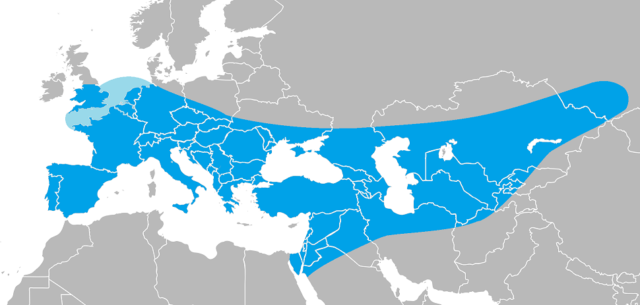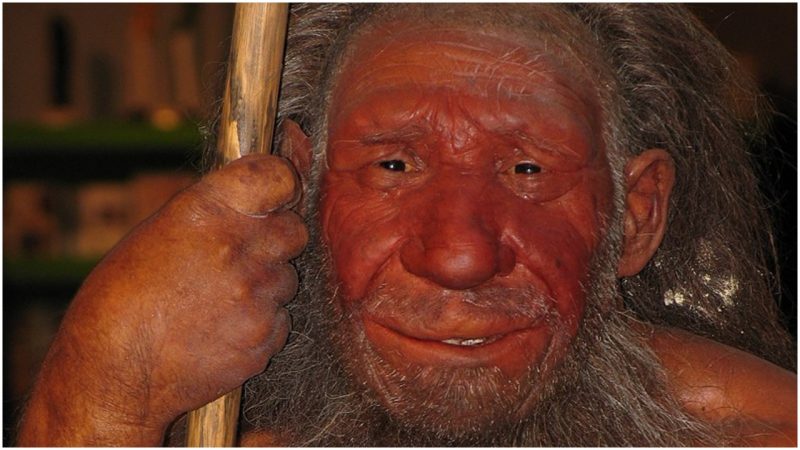DNA is the genetic material that constitutes every living thing on Earth. By studying it, scientists can determine where our ancestors came from and what interbreeding happened hundreds or thousands of years ago, down our genetic line. Ancient bones found in dig sites contain this DNA, which is often compared to modern DNA, so researchers try to sort out the puzzle about where mankind came from as well as since when and how have we spread across the world.
Researchers have found evidence that suggests that the modern human species, Homo sapiens, had interbred with their Neanderthal relatives about 100,000 years ago. This evidence can and possibly will be used to rewrite the way modern humans traveled from their birthplace in Africa and spread around the world.
Antonio Roasas from the Spanish Natural Science Museum is one of the scientists who works with this evidence and has a theory of what may have happened. It is thought that a group of Homo sapiens ventured out of Africa and met with a group of Neanderthals. With no prejudice against race or color, they could have traveled together for a little while and interbred with them. This group of Neanderthals eventually moved on towards Siberia, and some of their children carried the genes of Homo sapiens in their genetic makeup.
The findings that seem pretty amazing come from a single bone found in Russia. As far as scientists and researchers know, they have two distinct examples of human and Neanderthal cross-breeding– one which is 100,000 years ago and another which is 50,000 years ago. The new evidence is interesting, as the human DNA was found within Neanderthal DNA.
Contemporary Eurasians, Europeans, and Asians actually carry a two percent genetic sequence that can be linked to Neanderthals from about 60,000 years ago. This is evidence that implies that Homo sapiens raised children of a mixed human-Neanderthal breeding. What is interesting is that Africans do not have any traces of Neanderthal DNA in their genetic makeup, which implies that any sexual contact between humans and Neanderthals happened only outside of Africa. Neanderthal remains found in Croatia and Spain show no mixing of DNA between themselves and Homo sapiens.

The evidence comes from specific Neanderthals found in southwestern Siberia in the Altai Mountains. They lived in caves in the area and in one of the caves were found the remains of an archaic human relative called the “Denisovan”. The Denisovans, like the Neanderthals, were a human line that became extinct. The remains of this race show no trace of Homo sapiens DNA at all.
This doesn’t mean that they didn’t breed with Homo sapiens, it’s just that there is no current evidence. It is also thought that the DNA of Homo sapiens in the Neanderthal bone could have come from a further distance in the past and was passed over.
The genes we have inherited have good and bad effects and it is possible that some of the genes influence our risk of cancer and diabetes. Some genes have provided our bodies with the ability to resist diseases with the help of the white blood cells that can identify and fight foreign material, Mail Online reported.
Scientists and researchers continue to work on this puzzling area in genetics, as new discoveries are made annually and technological advances let them investigate and analyze things which had never been touched before. It will not be long before more updates become available on this fascinating subject.
